Affiliate links on Android Authority may earn us a commission. Learn more.
The state of the wearables market for women
Published onApril 23, 2022
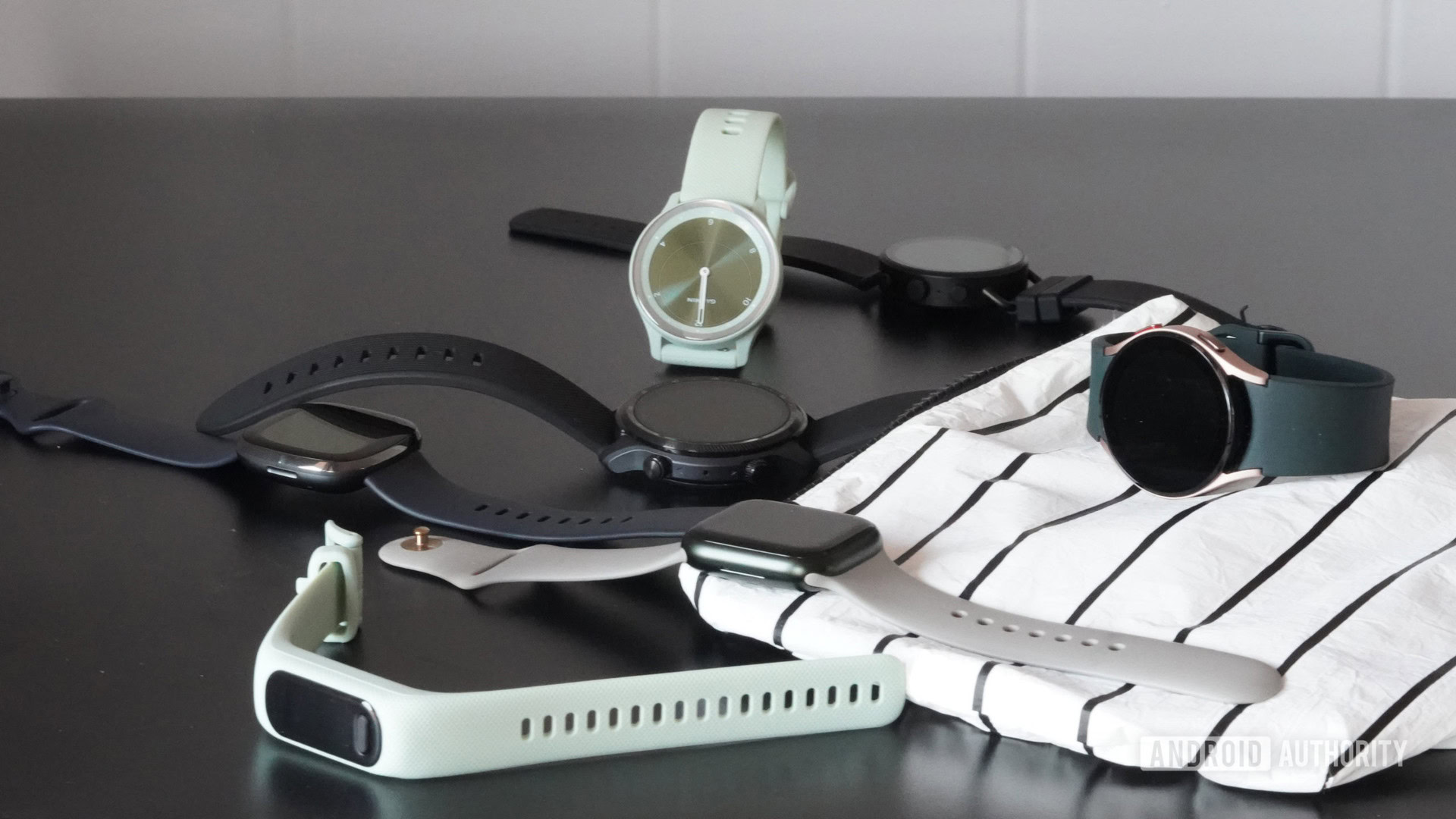
From partnerships to advancing tech, a number of factors continue to shape the smartwatch market. We may not be strapping on James Bond-level gadgets, but we’re certainly wearing more tools than ever before. What’s even better is that women’s needs aren’t getting left out of the conversation. But how do women fit into the wearables market at large and what are the upcoming trends?
Read more: The best smartwatches you can buy
Advancements for all
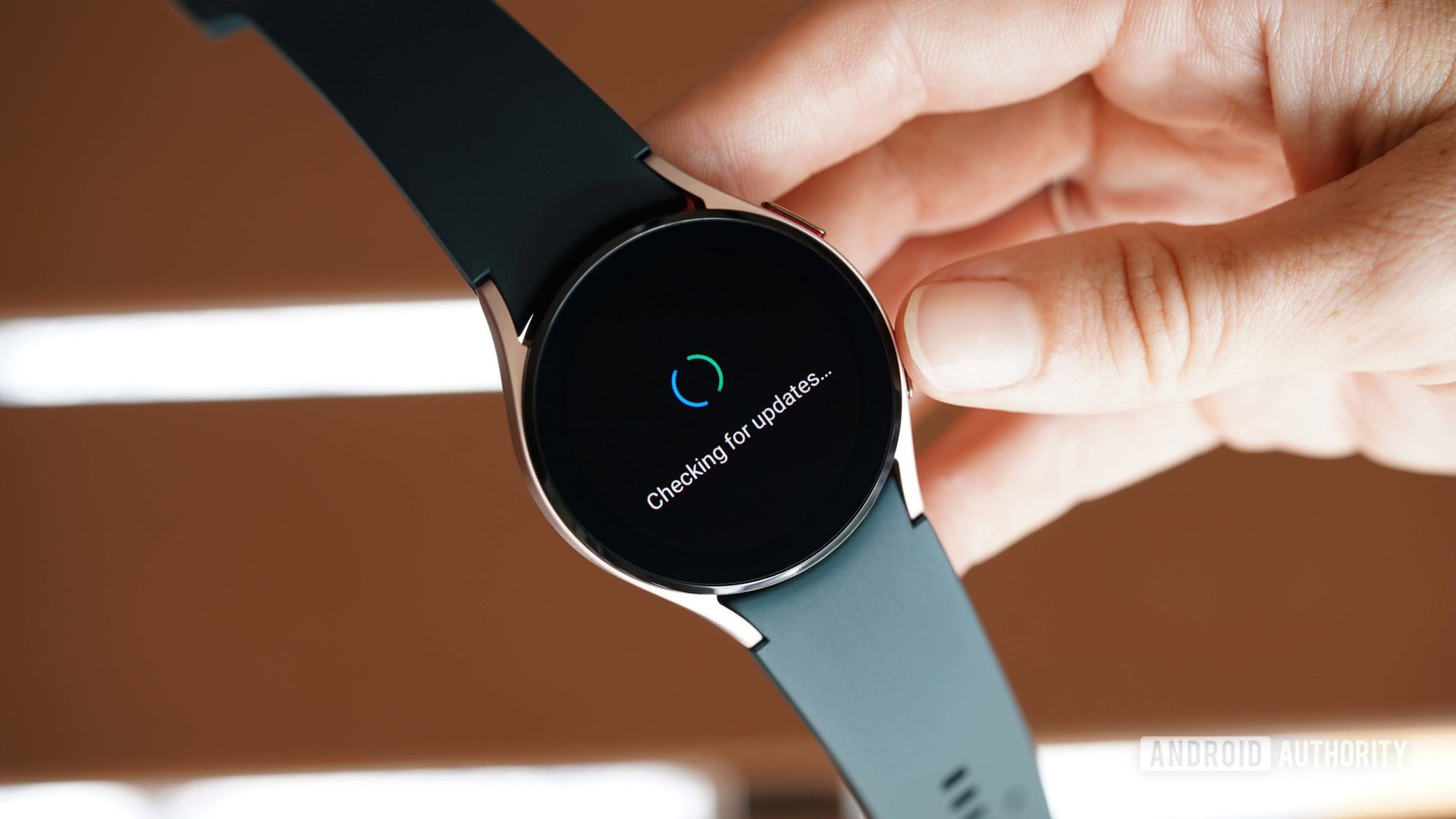
For starters, most shoppers want the same thing from their device. No one buys a smartwatch hoping for flaky sensors, minimal app support, or terrible battery life. The nature of wearables is that they are useful, accurate, and (if it’s not too much to ask) easy on the eyes.
In fact, the fastest way to hinder the female-identifying audience is to oversimplify a device on our behalf. Android Authority’s Lily Katz found this to be the case when reviewing the Garmin Lily. Garmin marketed the device as the “smartwatch women have been waiting for” but our Lily said it left her wanting. “With that phrasing, we would have really liked to see something more capable. Something that doesn’t sacrifice features (Garmin Pay, built-in GPS, etc.) for a pretty design.”
In a surprise to no one, women need the same basic features as men.
The typical woman shopping for a smartwatch wants notifications, app support, and fitness tracking. Moms, doctors, CEOs, and everyone else want sleep analysis, SpO2 monitoring, and move reminders. Athletes want advanced training features and recovery tools. Runners and cyclists want onboard GPS. In short, we’re all (regardless of gender identifications) standing in the same buffet line. Advancements to any popular features or specs are a win for everyone.
Size matters
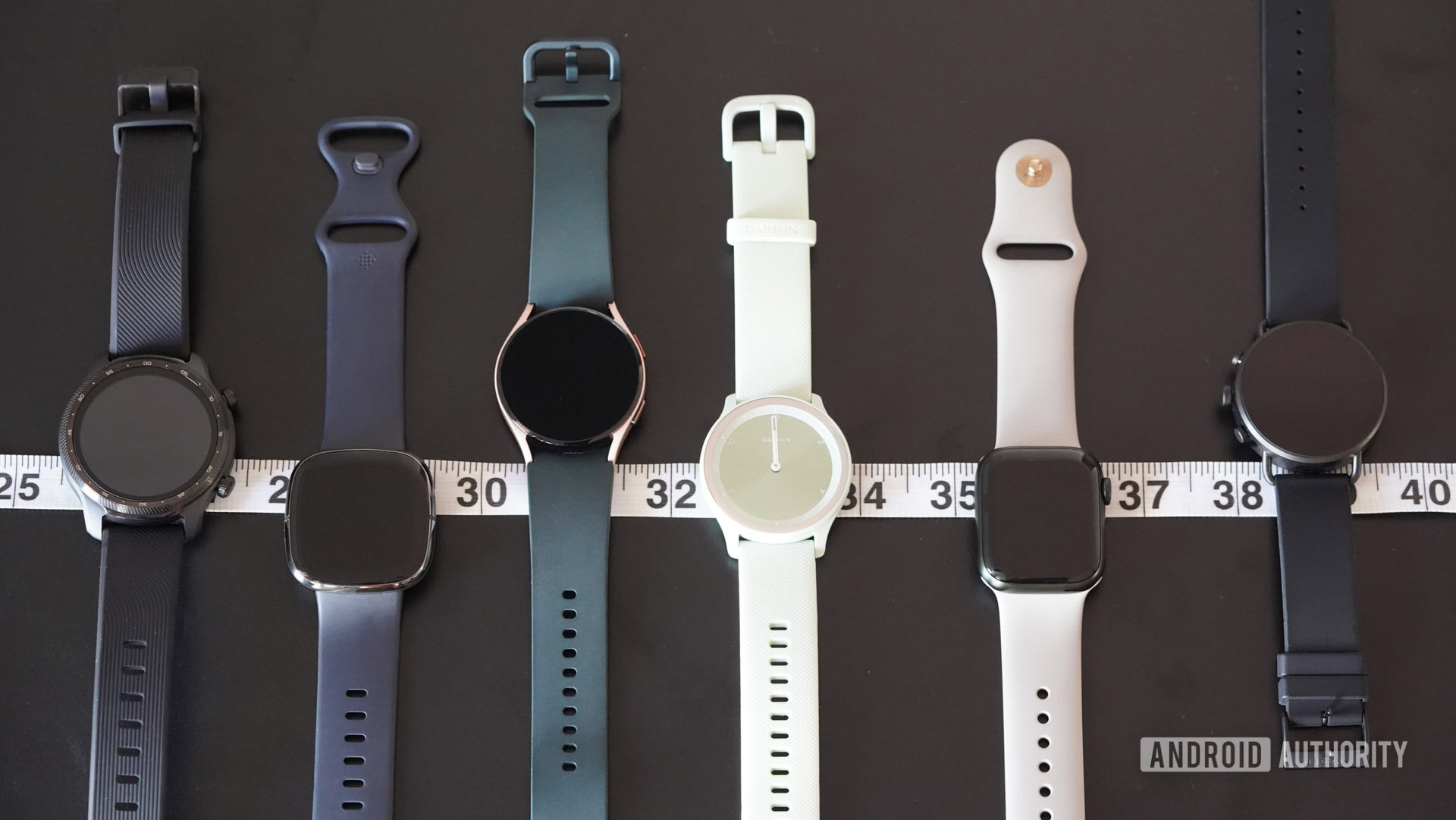
As mentioned, everyone benefits from advanced sensors, hearty batteries, and touchscreen displays. However, in many cases, women would like all these tools in a more compact device. I’ll be the first to say some women look very cool in oversized accessories, but they don’t make for the most comfortable runs or lift sessions. And for those of us who are easily dwarfed by chunky devices, that means looking both silly and uncomfortable. Large, heavy smartwatches just aren’t going to cut it.
Women value intentional tools that don't leave them feeling like an afterthought.
In this regard, the wearables market is making moves in the right direction. A number of the most popular devices now come in multiple sizes to accommodate smaller wrists. These include the Samsung Galaxy Watch 4, Apple Watch 7, and even a number of Garmin picks like the Fenix 7 Series and Venu 2 Plus. In testing the Instinct 2, I appreciated that such a feature-packed device could still slip under my wetsuit and didn’t weigh enough to disrupt my workouts (or shut-eye).
Simply put, women value intentional tools that don’t leave them feeling like an afterthought. Sizing options open the door to more wearables that might not otherwise be a likely pick. The same goes for color options and I have to say, we don’t all love pink.
Women’s health focus in the wearables market
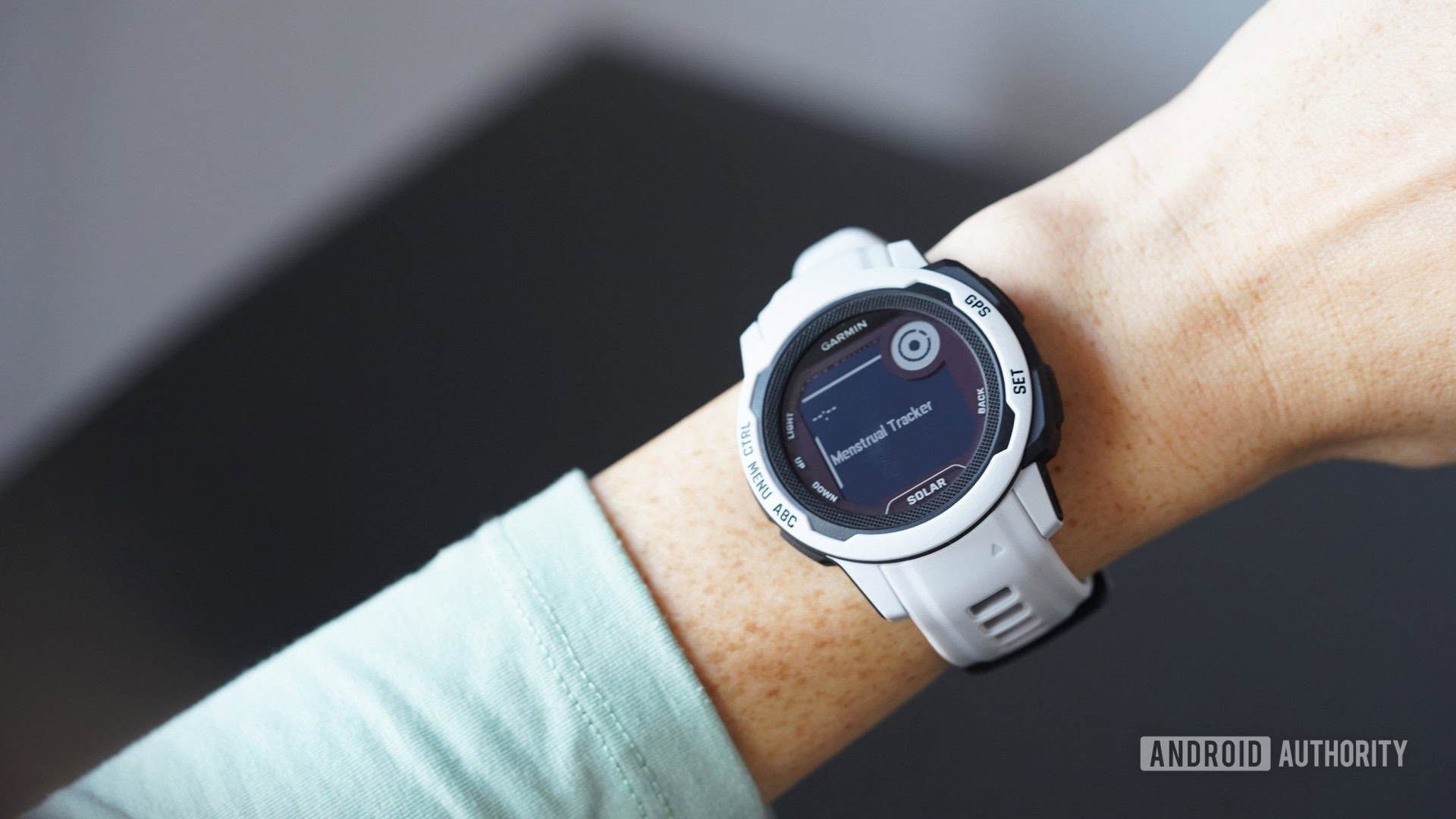
Under the hood, women’s health is a hot topic with many companies focusing their efforts on tools like cycle tracking and pregnancy. Some devices’ native health apps include cycle tracking tools complete with notifications, reminders, and resources. Meanwhile, both Apple’s App Store and the Google Play Store are brimming with third-party cycle tracking apps.
These apps largely focus on helping anyone with a female body track their symptoms and either accomplish or avoid pregnancy. With infertility affecting nearly ten percent of women in the U.S., such tools can have a huge impact. But these basic tracking features are just the beginning. A focus on cycles and pregnancy has so far merely scratched the surface of women’s health issues and there is still plenty of room to run. Broader resources about hormonal cycles and deeper integration with training and fitness tools will likely continue to develop.
Beyond babies and periods, women have plenty of health concerns that wearables makers can invest into.
Body temperature, perfusion, resting heart rate, heart rate variability, and much more are all impacted by female cycles and hormonal changes. After recently tearing my ACL while skiing, numerous doctors asked at what point in my cycle the injury occurred. I had no idea there was a correlation between specific phases and an increased risk of an ACL tear.
After researching it, I found that Garmin actually notifies users of this exact risk if you use their native cycle tracking. Of course, most people will have much more successful ski trips, but this is just one of many examples of how women’s health resources on wearables can be valuable.
Read more: The best Garmin watches you can buy
Women taking the lead
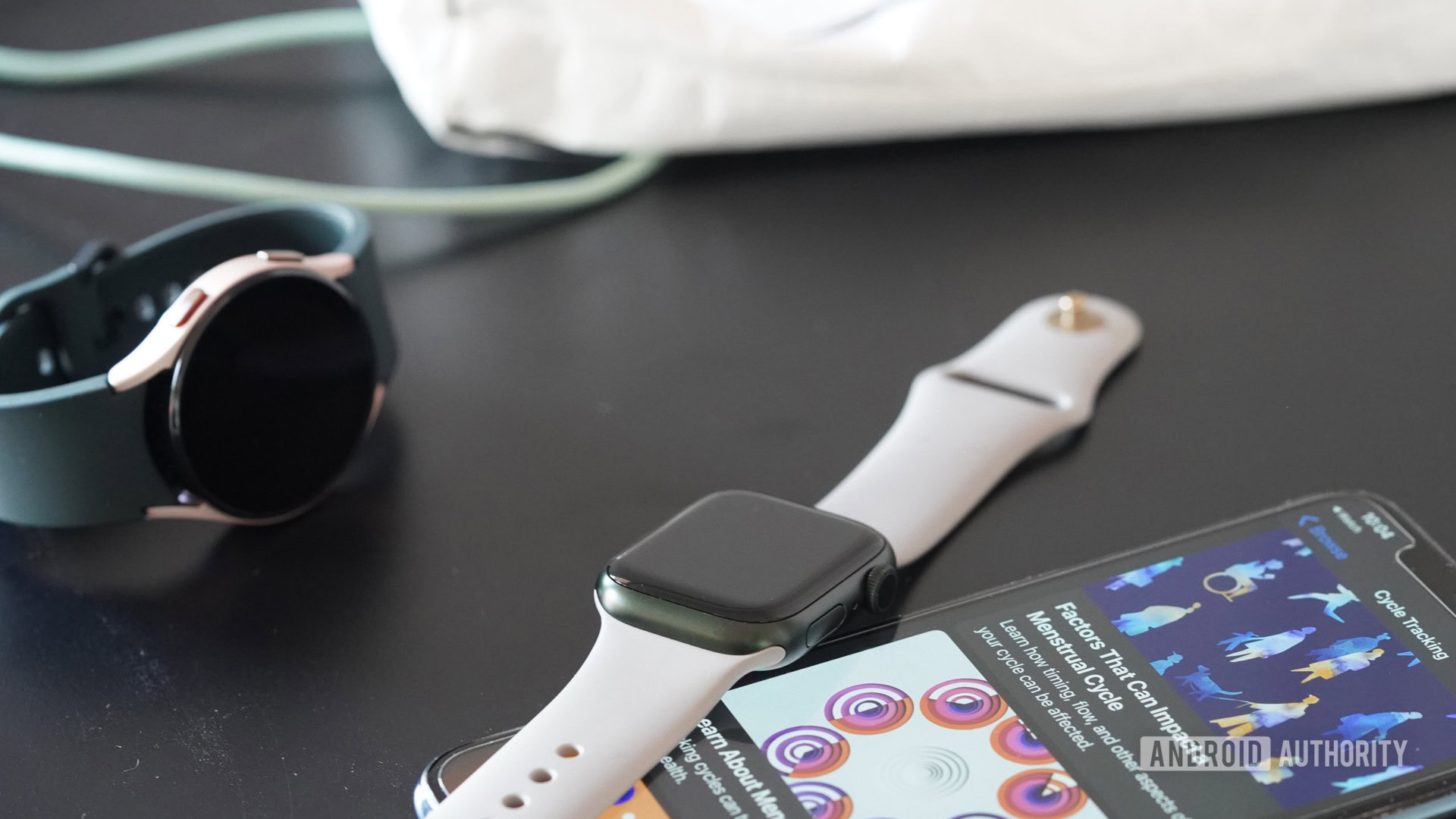
So where are the women? We hope in charge. Ida Tin, founder and CEO of the popular tracking app Clue, coined the term “femtech,” a sector of software, services, and technology specifically aimed at improving the lives of women. Tin is just one of a growing number of female leaders in the multi-billion dollar femtech industry.
Any device neglecting the female consumer is, frankly, financially irresponsible.
With the increasing overlap of health and technology, it is more important than ever for women’s health and wellness to be prioritized by wearable brands. Plus, with a staggering share of the market’s purchase power, women have unlimited potential to disrupt complacency. Any device neglecting the female consumer is, frankly, financially irresponsible.
See also: The best smartwatches for women
Technological advancements (and a heavier focus on female users) mean that male-centric gender biases in tracking are hopefully a diminishing issue. At the same time, new tools and female-focused software, plus more inclusive design options make wearables increasingly accessible and useful to women.
According to rumors, both the Apple Watch 8 and the upcoming Samsung Galaxy Watch 5 may feature thermometers that could bring extra insights to women tracking their cycles. We would love to see this and tap into the benefits.
It’s hard to say what else the market has in store for women but we’re hopeful that further innovation is around the corner.